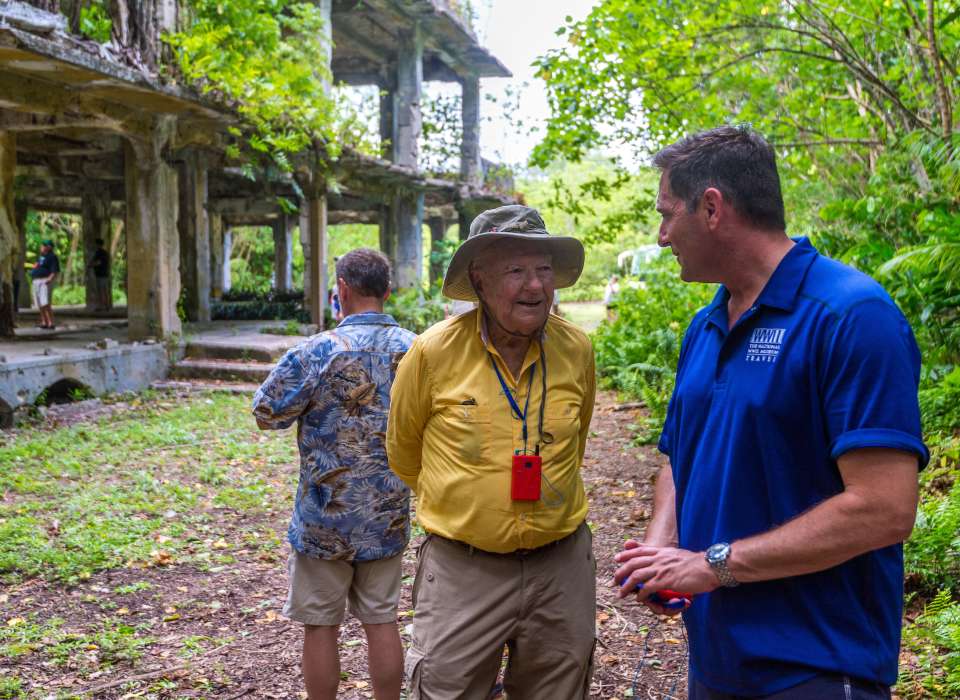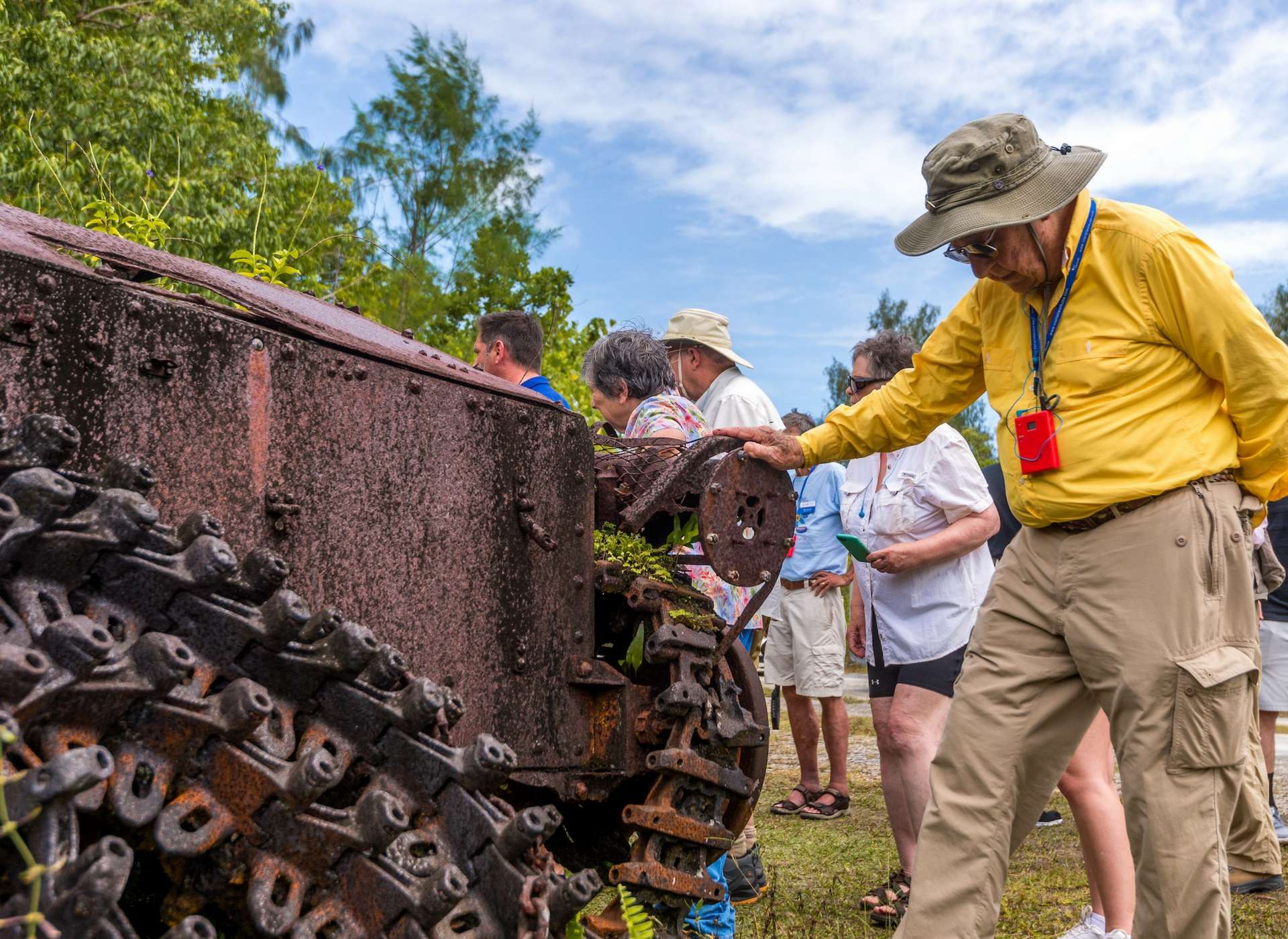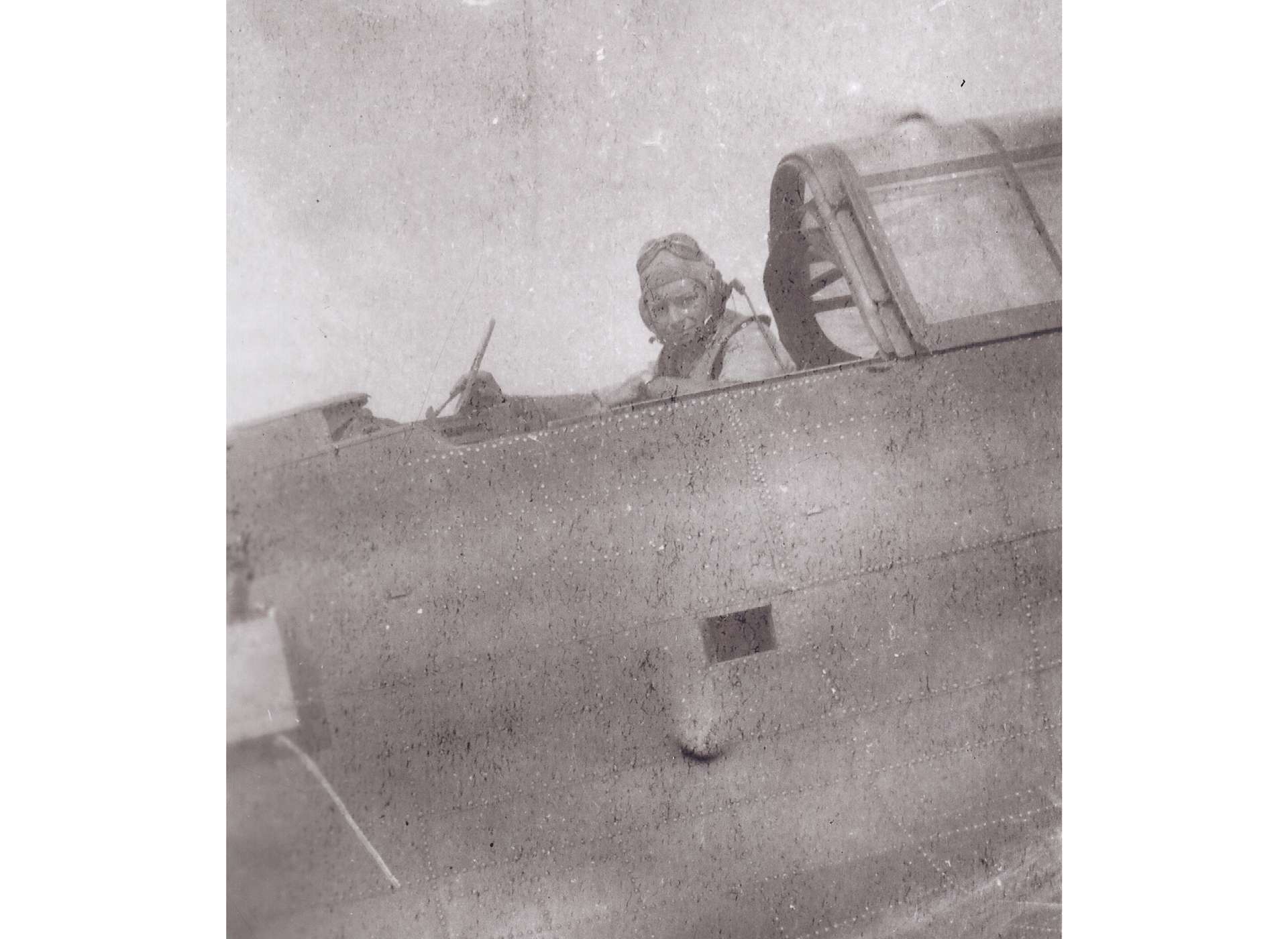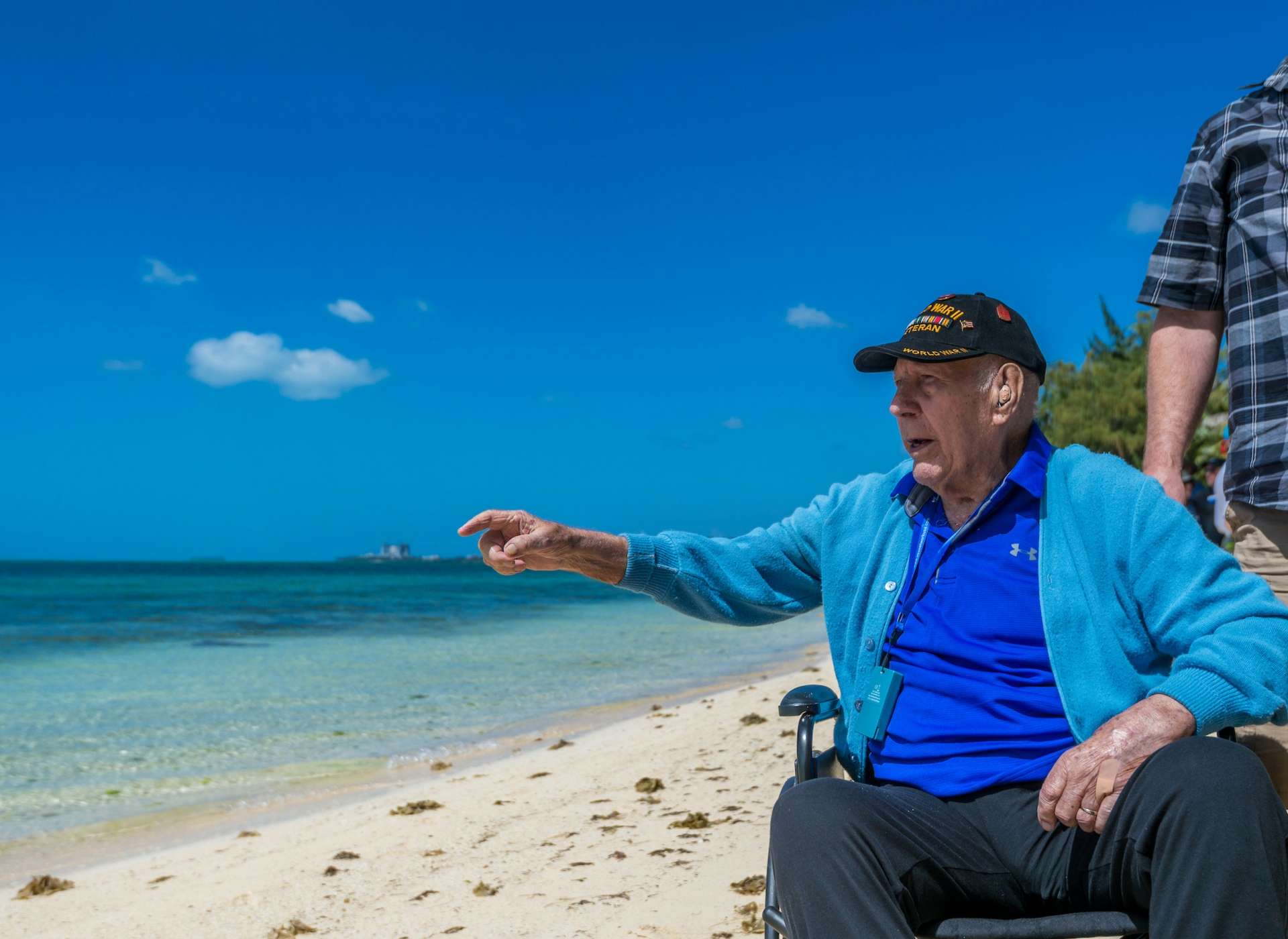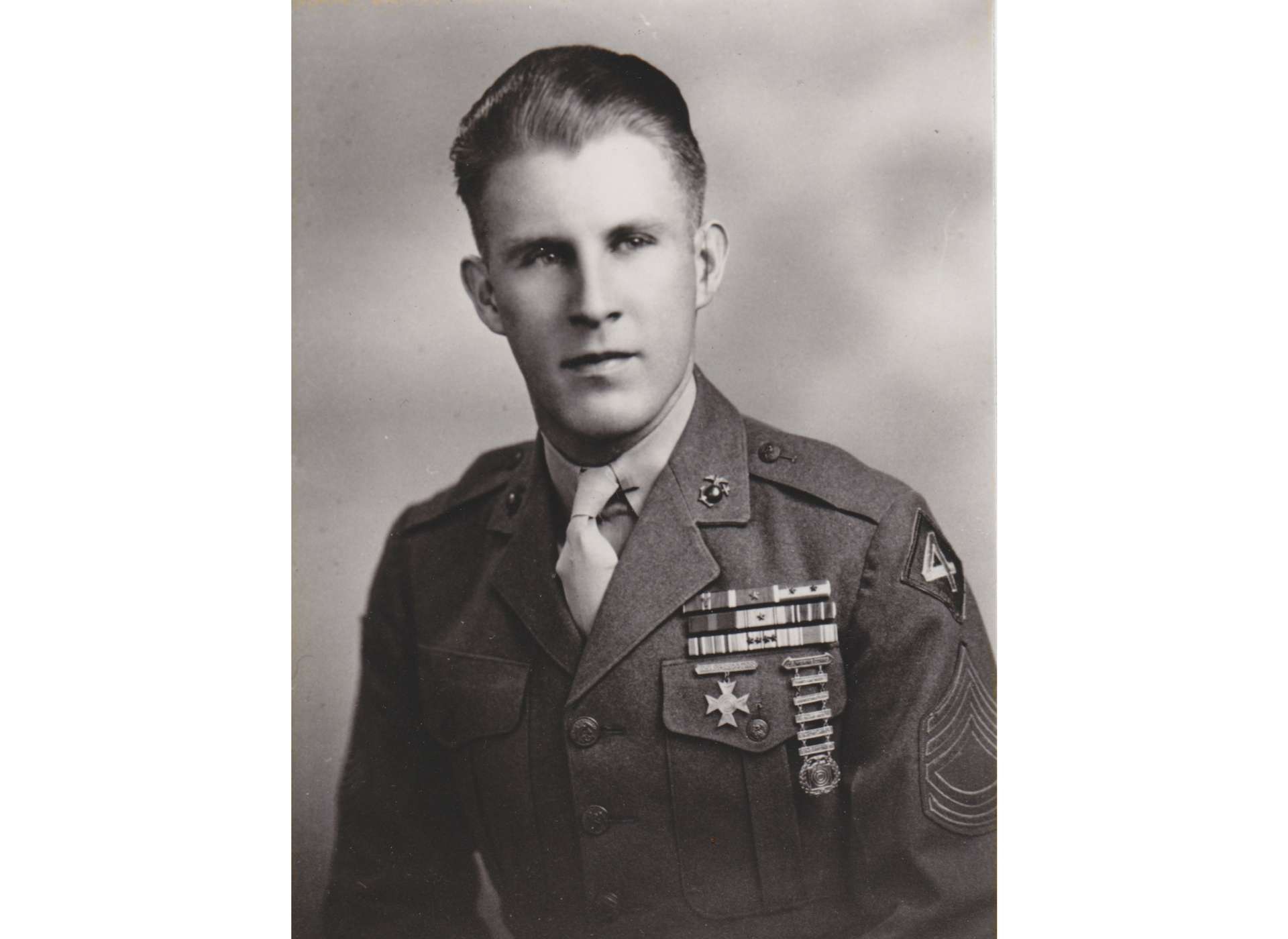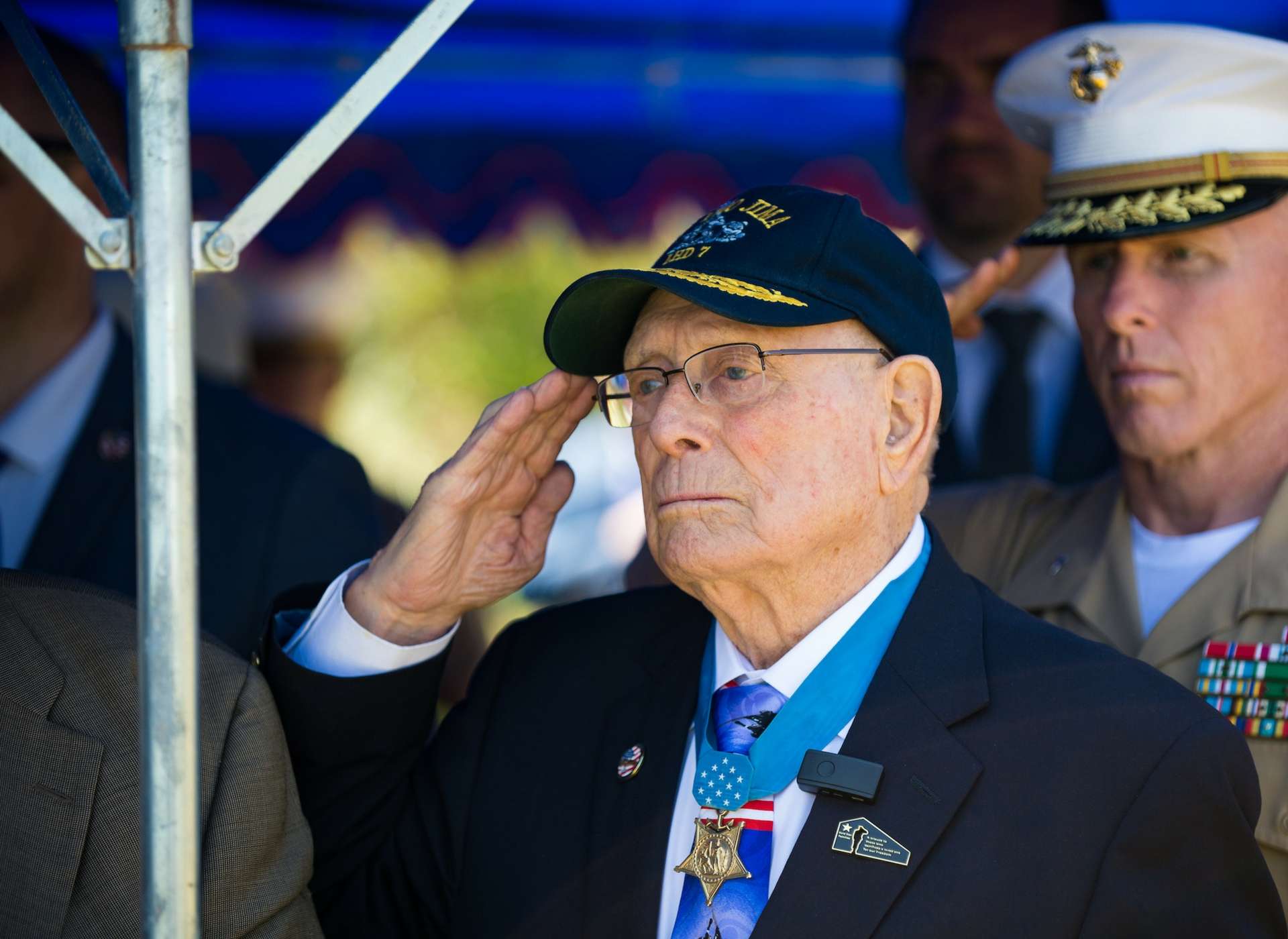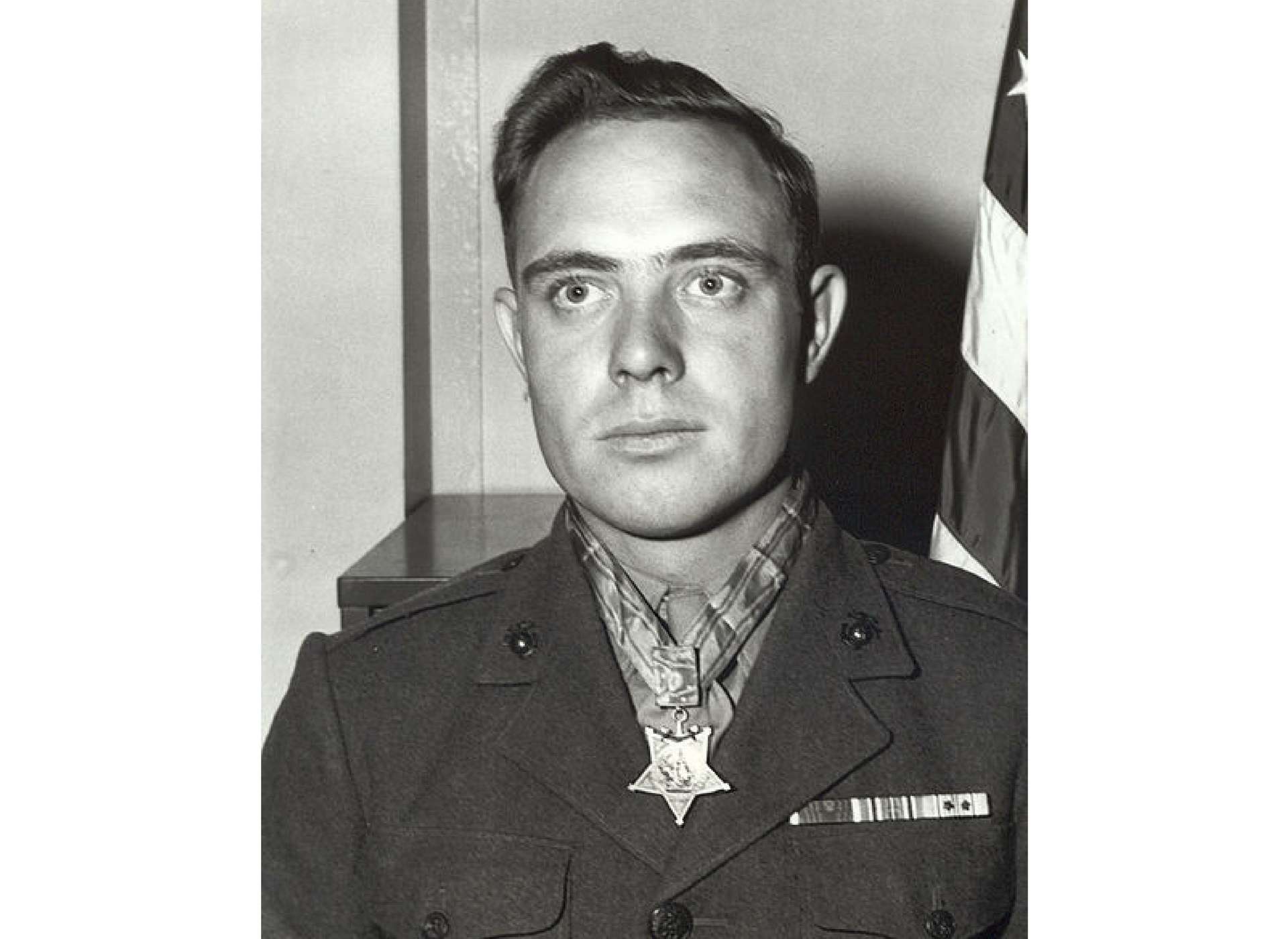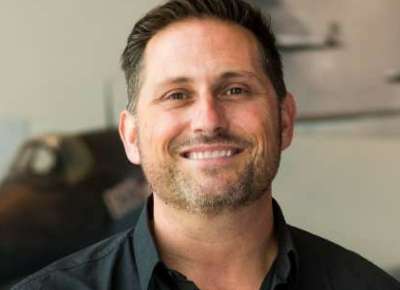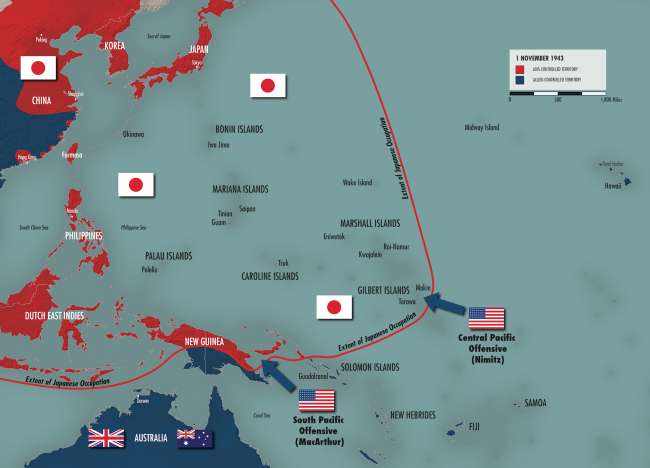Guests of The National WWII Museum’s inaugural Victory in the Pacific travel tour have returned home after logging more than 19,000 flight miles and two weeks spent touring some of the most crucial battlefields of the Pacific war. I was lucky enough to join them on the dizzying itinerary that included stops in Hawaii, Saipan, Tinian, Guam, Iwo Jima, and an optional visit to Peleliu or Japan. Renowned historians Richard Frank and Jonathan Parshall provided historical context at all the locations, expertise seasoned with the personal accounts of Pacific veterans who in many cases were returning for the first time since the war.
Visiting the battlefields of the Pacific—arrayed over staggering distances—was a completely different experience than trips I had taken in Europe; there is something about the Pacific that I can only describe as wild and untamed. I could feel the jagged limestone and coral of the Marianas and Peleliu beneath my feet, or Iwo’s black sands swallowing my feet past my ankles. I would describe the terrain as difficult to traverse at best, even in noncombat conditions. The islands are strewn with ridges and valleys, and liberally peppered with the caves that once concealed tenacious Japanese fighters. Rusty war machines from both sides still litter the battlefields of the Pacific, in contrast to the marble monuments that mark the battle sites in Europe. The islands fought over in the Pacific are indeed some of the most remote places on Earth, and are trod lightly by tourists in comparison to the scenes of European battles.
What really made the trip special, though, were the veterans. Their stories had us laughing out loud one minute and our eyes welling up with tears the next.
In a single anecdote, Sergeant Paul Hilliard, who flew as a rear-seat gunner in Dauntless Dive Bombers with Marine Scout Bomber Squadron 341, conveyed to us both the immensity of the theater and the vital importance of humor in the face of such a grim and hazardous job. Hilliard, Vice Chairman of the Museum's Board of Trustees pictured with me in the top photo at the airfield on Peleilu, recalled a conversation with a “slow-on-the-uptake” gunner, whose fears of the folks back home not knowing where he was had just been dissuaded by one of the squadron’s officers:
“Captain said to tell mother, ‘Take a map of the Pacific, mark an X anywhere on it to represent where we were, then mark a Y anywhere on the map to represent where we’re going,’” said the gunner. “She’ll know exactly where I am all the time if I tell her that we’re 1,000 miles from the X and 1,000 miles from the Y.”
Gunnery Sergeant Keith Renstrom told us about the night on Saipan when he chose not to fire his weapon so he wouldn’t frighten or endanger the orphaned little girl he had taken under his care. As the battle raged all around this tough Marine, he refused to abandon this little girl. The next morning, a corpsman came to take her to the rear. Hesitantly, she went with the corpsman, timidly taking several steps forward then stopping and turning to look back. With Renstrom signaling to her that it was OK, she turned her head for one last look as the jeep carried her away and out of sight.
Corporal Hershel “Woody” Williams gave tribute to the two Marines in his ad hoc squad on Iwo Jima. Woody had never met them before that day, but they gave their lives covering his one-man assault against a bunker complex that resulted in the destruction of numerous Japanese positions and Williams being awarded the Medal of Honor. Woody also lost his best friend on Iwo Jima. On the eve of the battle, the two had exchanged a vow that if one or the other were killed, the survivor would return the other’s personal effects to their family. One of the first things Woody did upon returning to the States was borrow a car so he could return his fallen buddy’s ring to his family.
Yes, it was the many stories like these—told along the way by the men who actually lived them—that were the real highlights of the Victory in the Pacific tour.
-

Paul Hilliard examines the remains of a Japanese tank on the airfield at Pelielu.
-

Sergeant Paul Hilliard.
-

Keith Renstrom revisits the Saipan beach he came ashore 73 years earlier.
-

Gunnery Sergeant Keith Renstrom.
-

Woody Williams at the 73rd commemoration of the Battle of Iwo Jima.
-

Corporal Hershel “Woody” Williams.
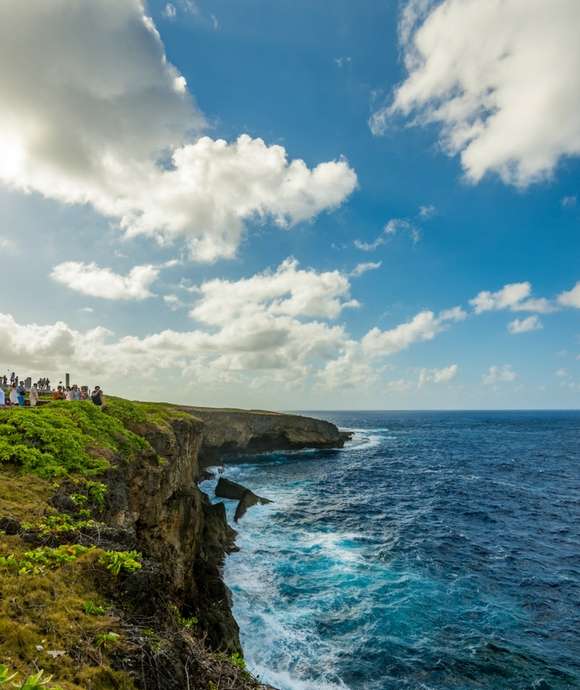
Travel with The National WWII Museum
Journey through time with renowned historians and best-selling authors.
Larry Decuers
Larry Decuers is a former Curator at The National WWII Museum and veteran of the US Army's 101st Airborne Division.
